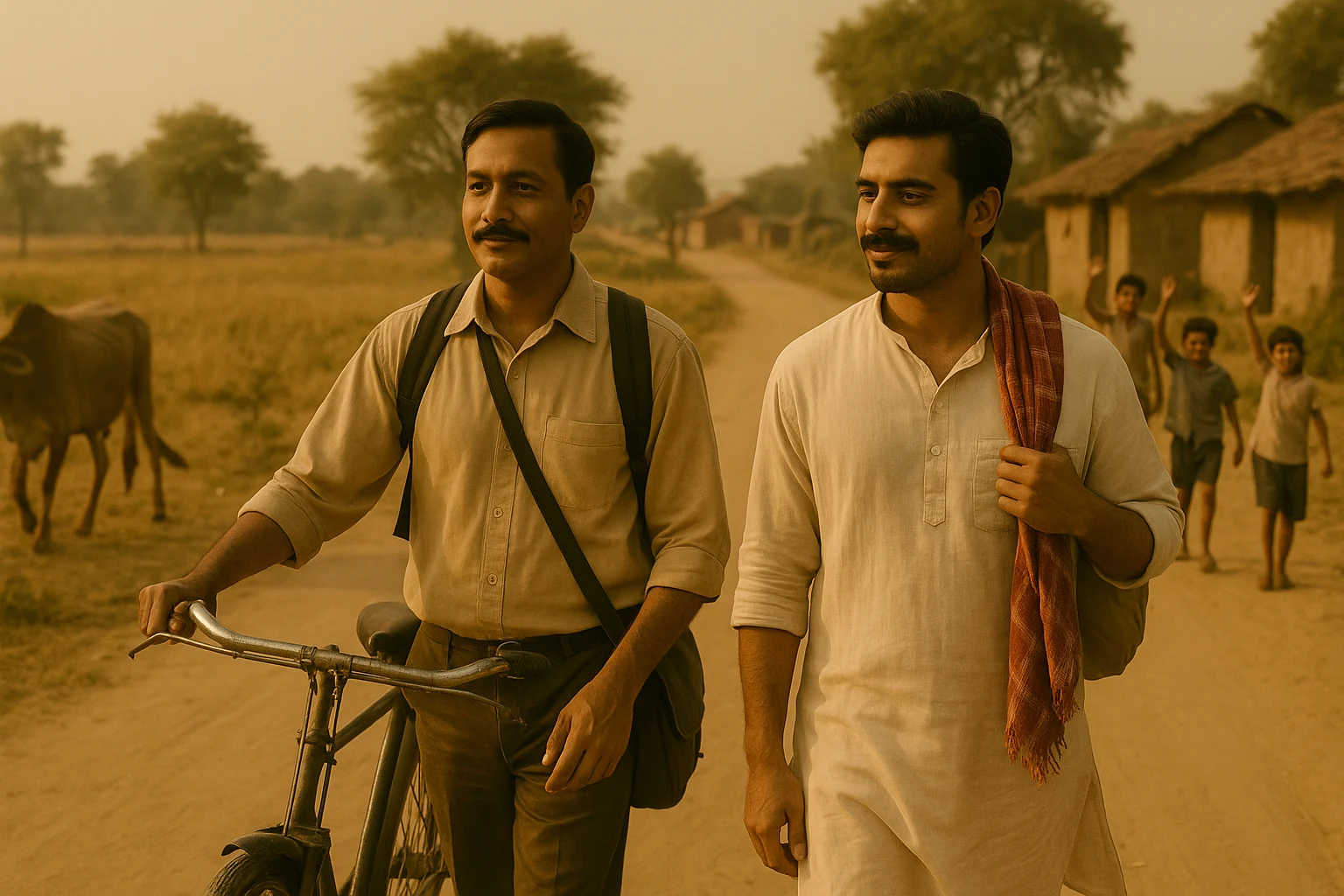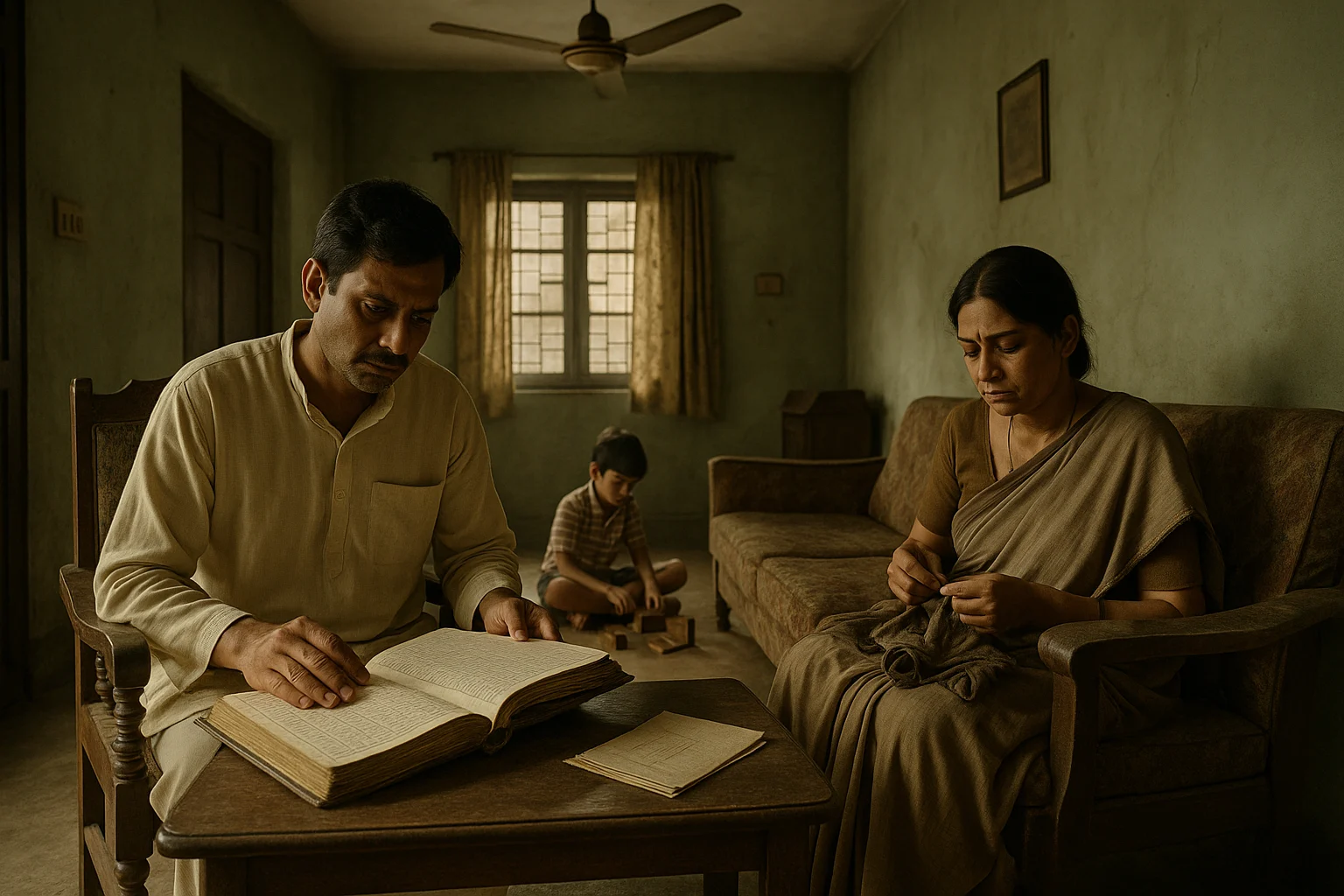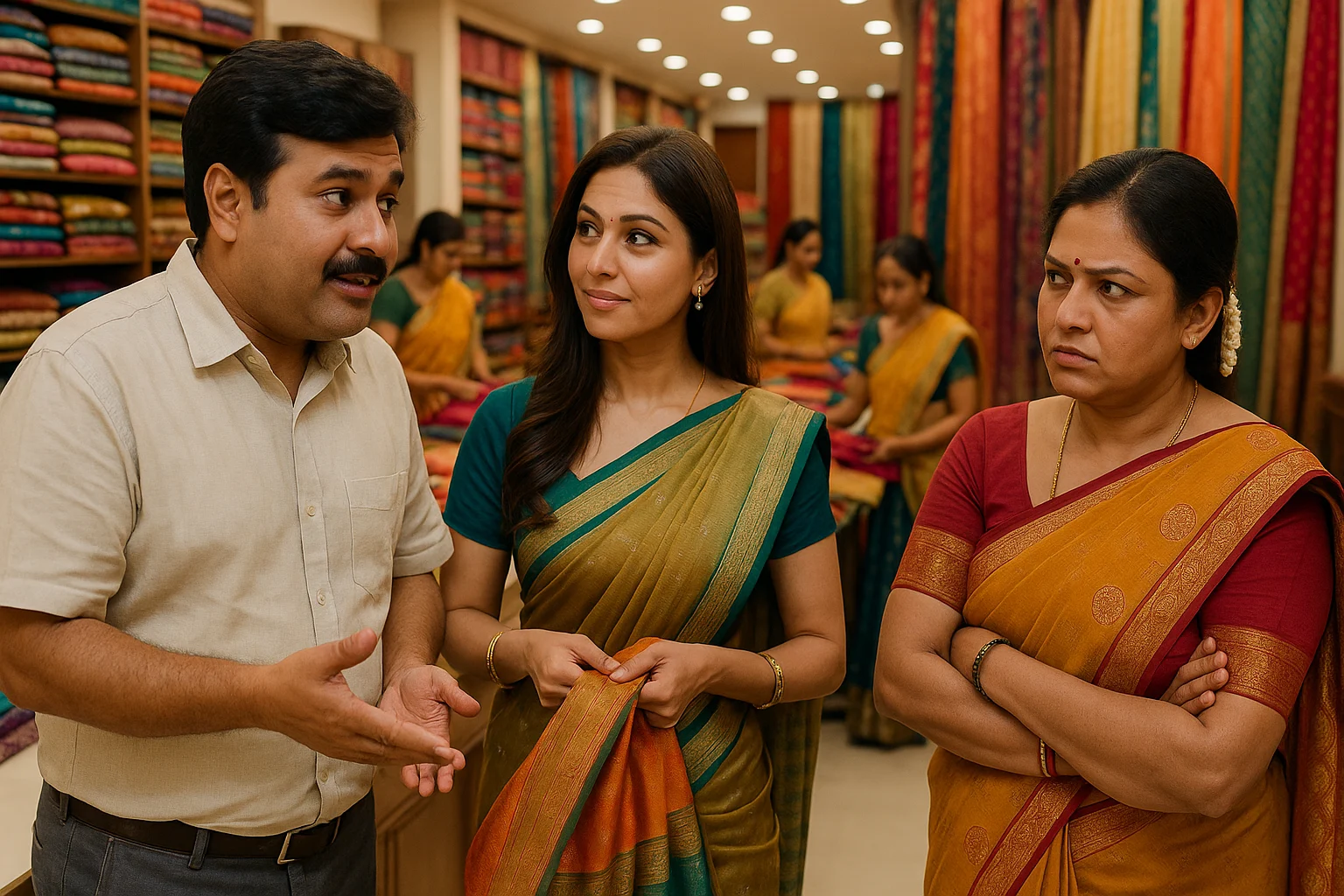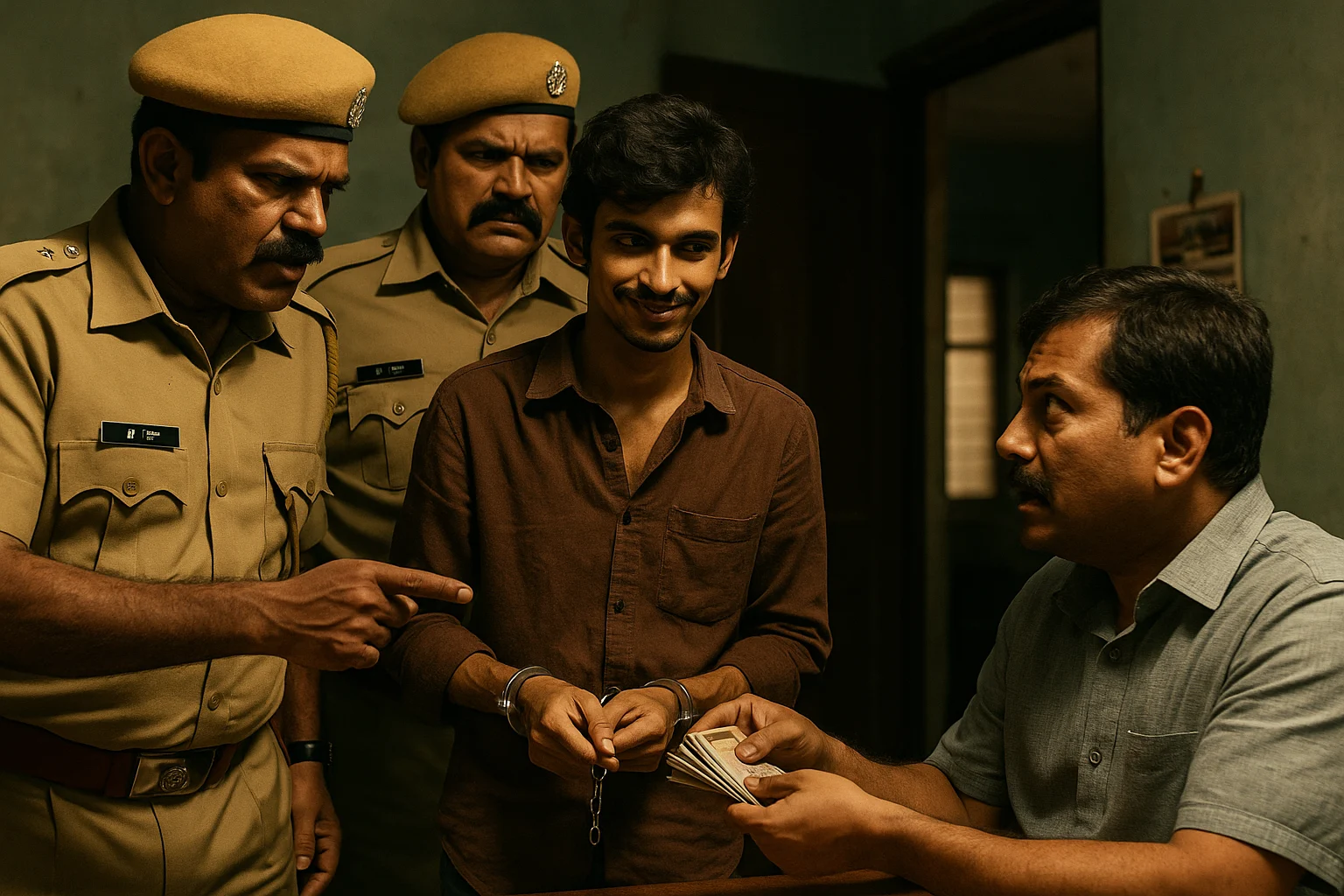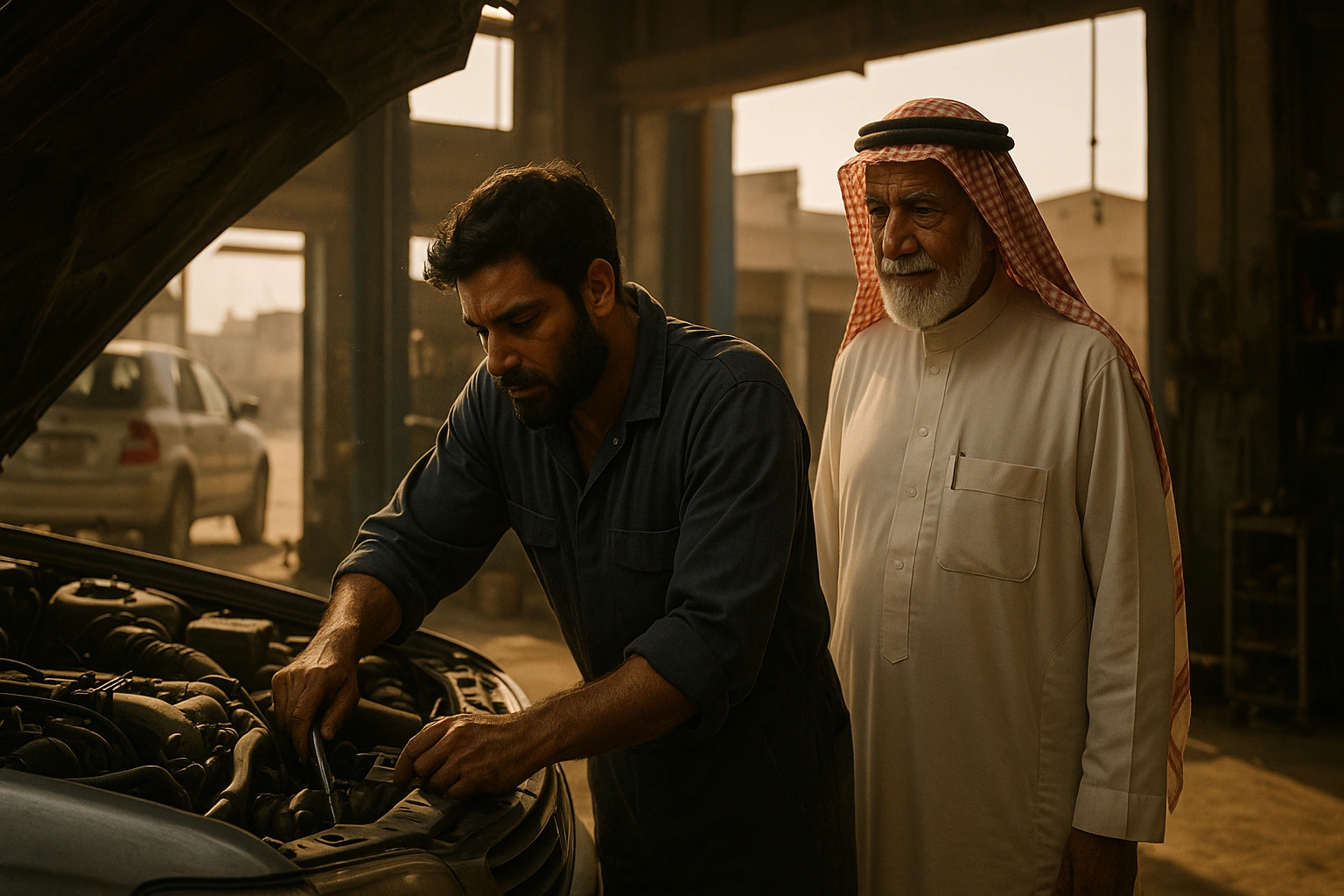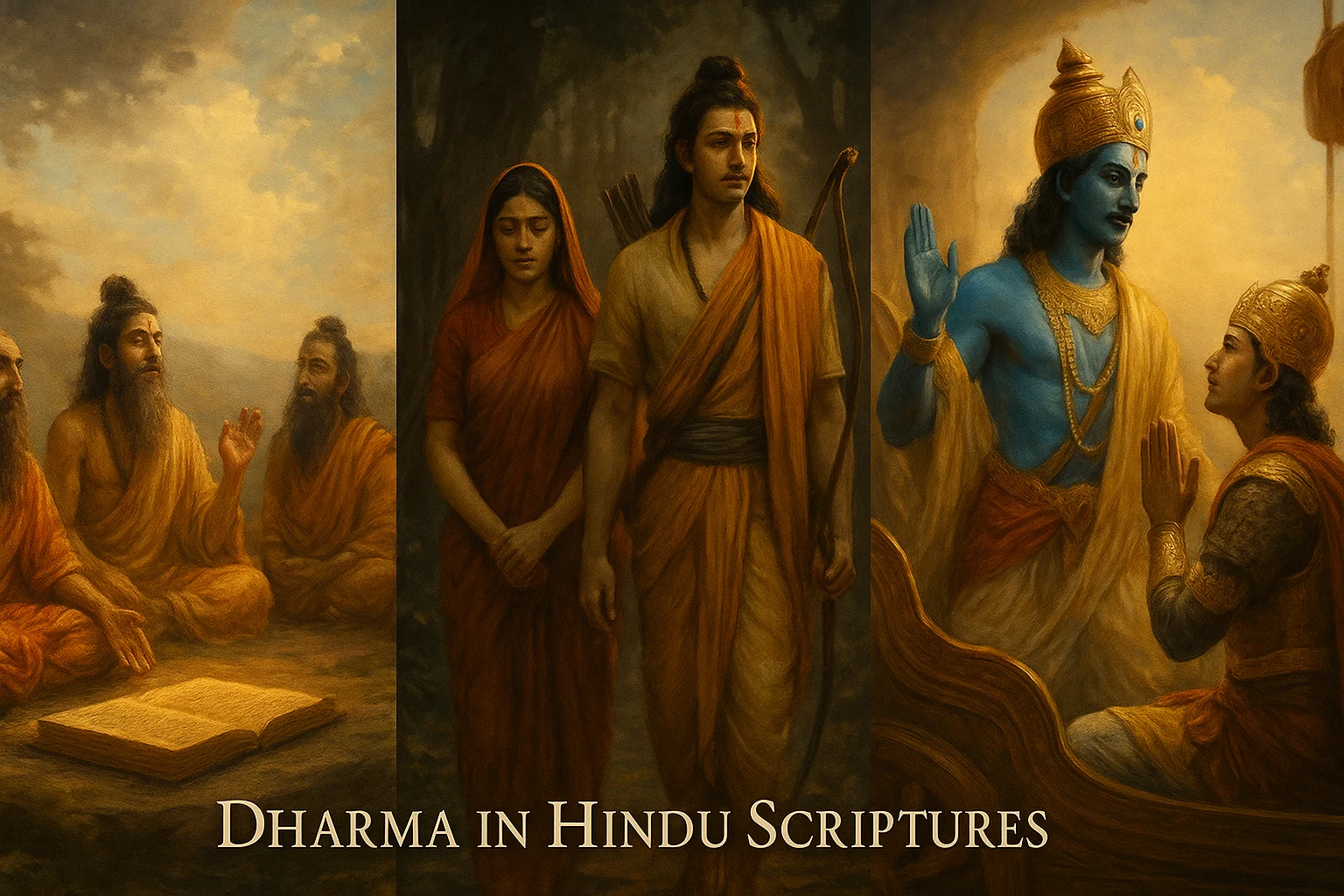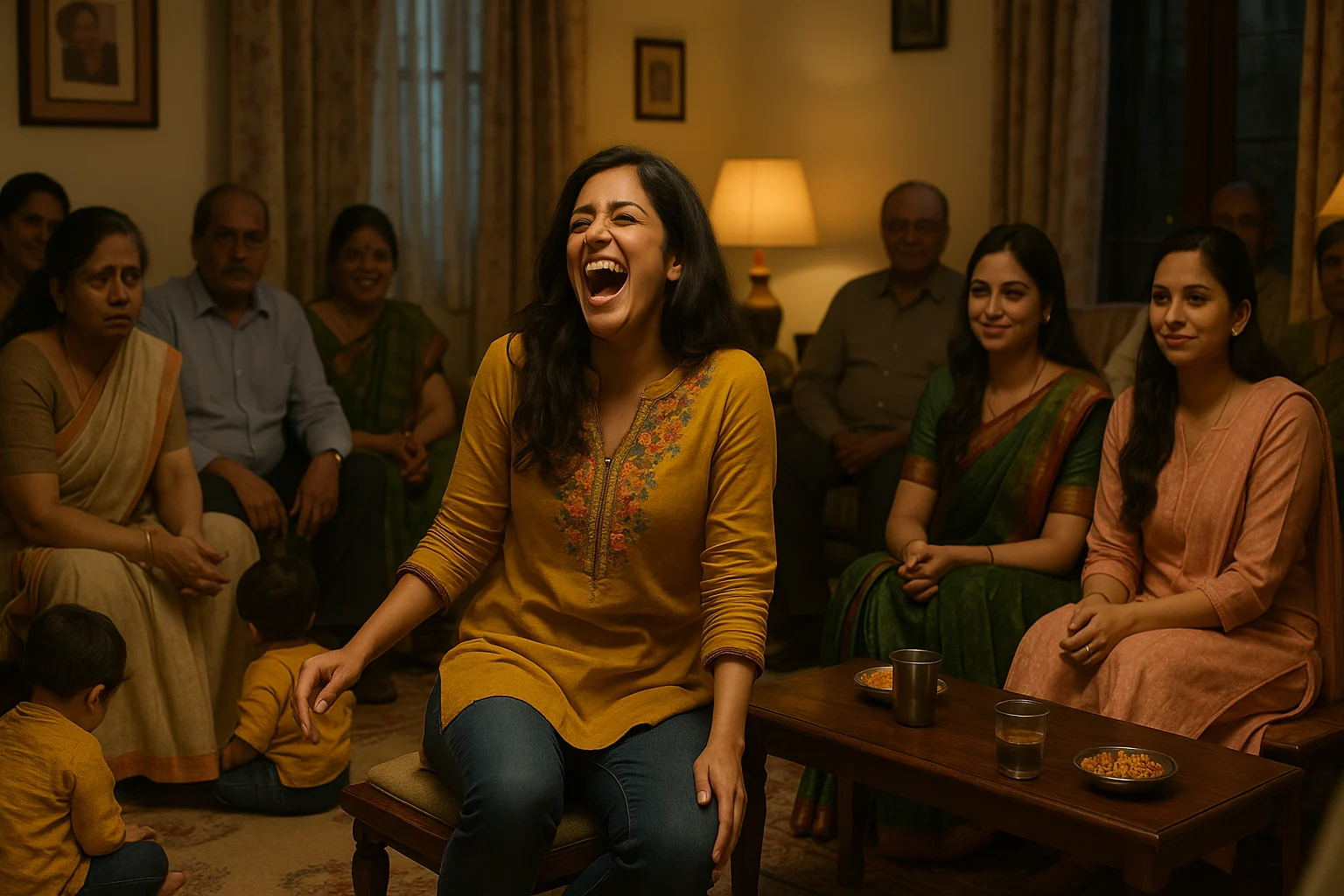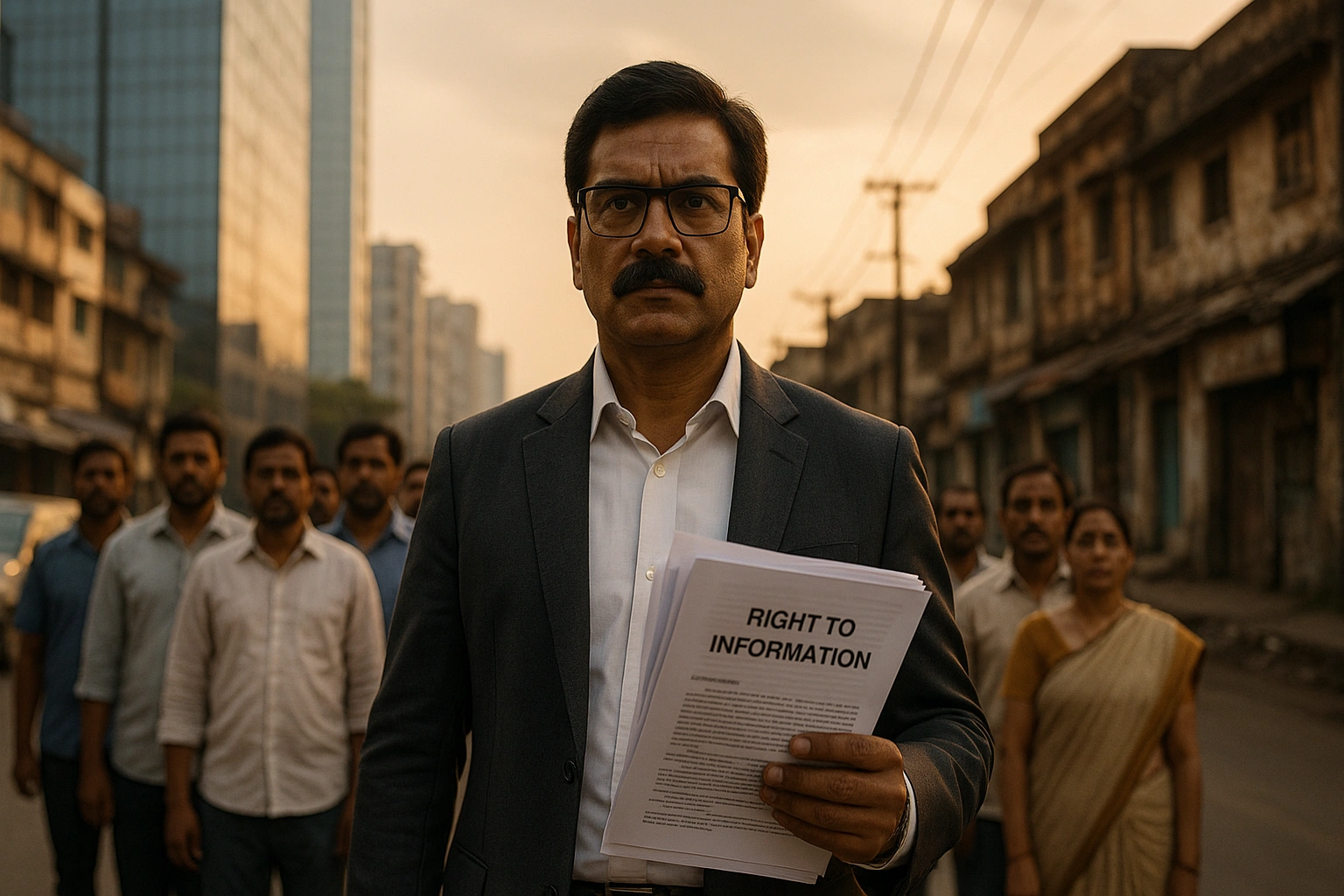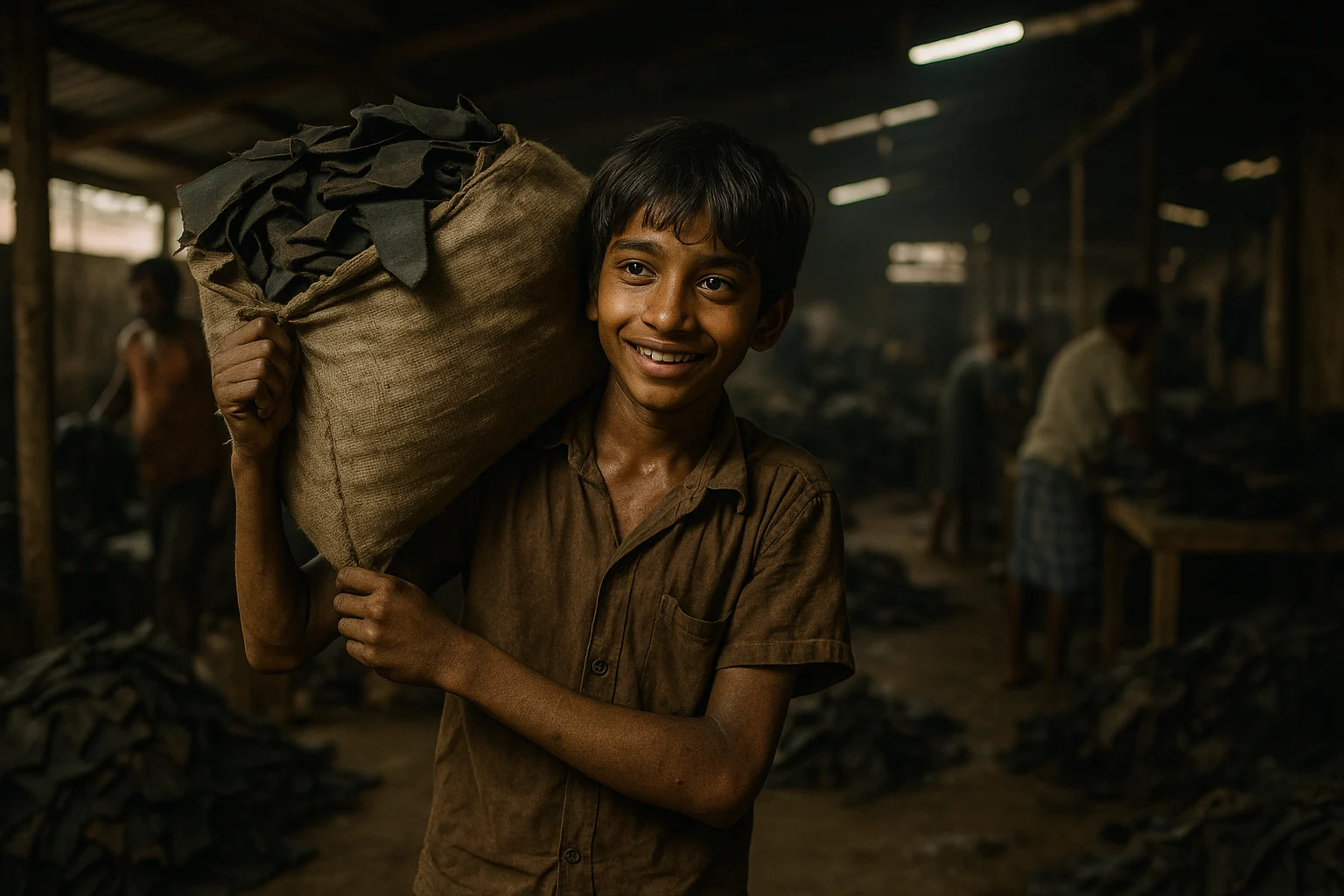Indian Railways is not merely a transportation system—it is the heartbeat of the nation. With more than 68,000 route kilometers, 13,000 passenger trains, and over 23 million travelers each day, it stands as one of the largest railway networks in the world. It carries people, connects cultures, enables trade, and symbolizes the very essence of India’s unity in diversity. From its modest beginnings in 1853 to the modern Vande Bharat trains and ambitious bullet train projects, the journey of Indian Railways reflects the transformation of India itself.
A Journey Through History
The story of Indian Railways began on 16 April 1853, when the first passenger train ran between Mumbai (then Bombay) and Thane, covering 34 kilometers. Introduced by the British primarily to serve their colonial interests—transporting raw materials such as cotton, coal, and iron ore to ports—the railway soon spread across the country. By the late 19th century, rail lines connected major cities like Kolkata, Chennai, and Delhi, laying the foundation for one of the most extensive transport systems on earth.
After Independence in 1947, fragmented railway companies were merged into a single entity, creating Indian Railways (IR). The focus shifted from serving colonial trade to uniting the country, reaching villages, towns, and remote regions. Steam engines gave way to diesel and electric locomotives in the 1950s and 60s, marking the beginning of modernization.

The Structure of Indian Railways
Today, Indian Railways operates under the Ministry of Railways, Government of India, headquartered in New Delhi. To manage such a vast system, it is divided into 18 zones, including Northern, Southern, Western, Eastern, and Central Railways, each with its own divisions. This structure ensures efficient administration, local control, and accountability for operations, safety, and services.
Passenger Services: The Lifeline of Millions
Perhaps the most remarkable feature of Indian Railways is its accessibility. It runs over 13,000 passenger trains daily, serving both metropolitan hubs and rural towns. Categories of passenger services include:
- Superfast and Express Trains like Rajdhani, Shatabdi, Duronto, and the new Vande Bharat Express.
- Mail and Passenger Trains connecting smaller towns and semi-urban areas.
- Suburban Trains in metropolitan regions like Mumbai and Kolkata, which transport millions of commuters daily.
With classes ranging from luxury AC coaches to general unreserved compartments, rail travel in India caters to every economic background, truly living up to the label of being the “common man’s transport.”
Freight Operations: Driving the Economy
While passengers form the emotional core of Indian Railways, freight operations are its financial backbone. Indian Railways transports bulk commodities such as coal, cement, iron ore, petroleum, fertilizers, and agricultural products. Freight contributes nearly 65% of the revenue for IR.
To further strengthen this, India is constructing Dedicated Freight Corridors (DFCs)—separate tracks designed for cargo trains—enabling faster movement and freeing up passenger lines. This will transform logistics, reduce costs, and support economic growth.
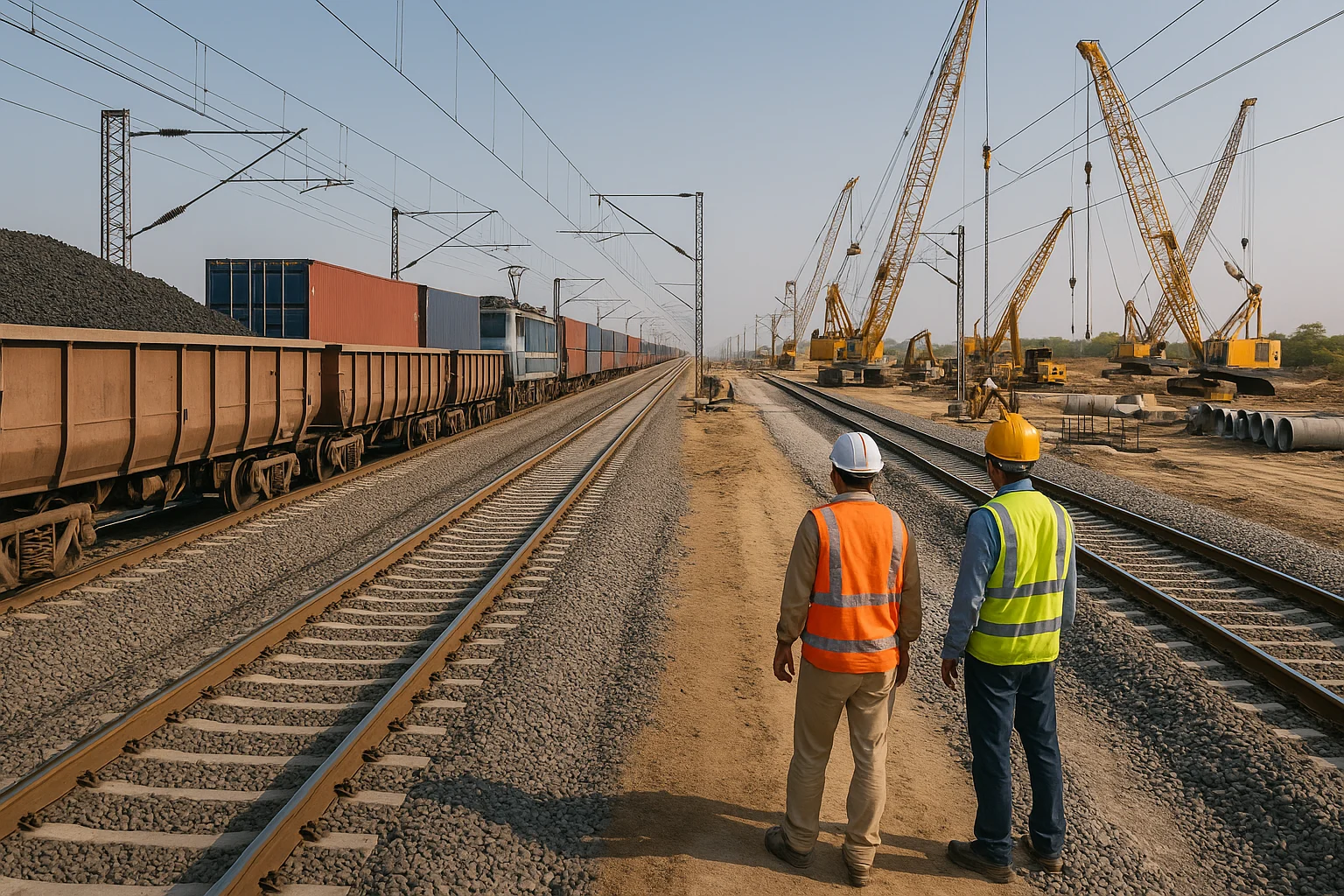
Luxury and Heritage on Rails
Beyond affordability, Indian Railways also offers luxury tourism experiences. Trains such as the Palace on Wheels, Maharajas’ Express, Golden Chariot, and Deccan Odyssey showcase India’s royal heritage, complete with five-star facilities on wheels. These trains attract global tourists, combining comfort with cultural exploration.
Ticketing and Digital Transformation
The introduction of IRCTC (Indian Railway Catering and Tourism Corporation) revolutionized ticket booking. What once meant standing in long queues can now be done in minutes through the IRCTC website or app. The integration of UPI payments, tatkal tickets, and digital wallets has made the process even smoother.
Other digital initiatives include smart coaches, bio-toilets, and real-time train tracking systems, enhancing both passenger experience and operational efficiency.
Sustainability and Green Railways
Indian Railways has pledged to become the world’s first net-zero carbon railway by 2030. Efforts include:
- Complete electrification of railway lines to eliminate dependence on fossil fuels.
- Solar-powered stations and trains in select routes.
- Bio-toilets across trains to maintain hygiene.
- Energy-efficient locomotives and recycling units to reduce emissions.
Such initiatives not only contribute to climate goals but also cut costs and enhance sustainability.
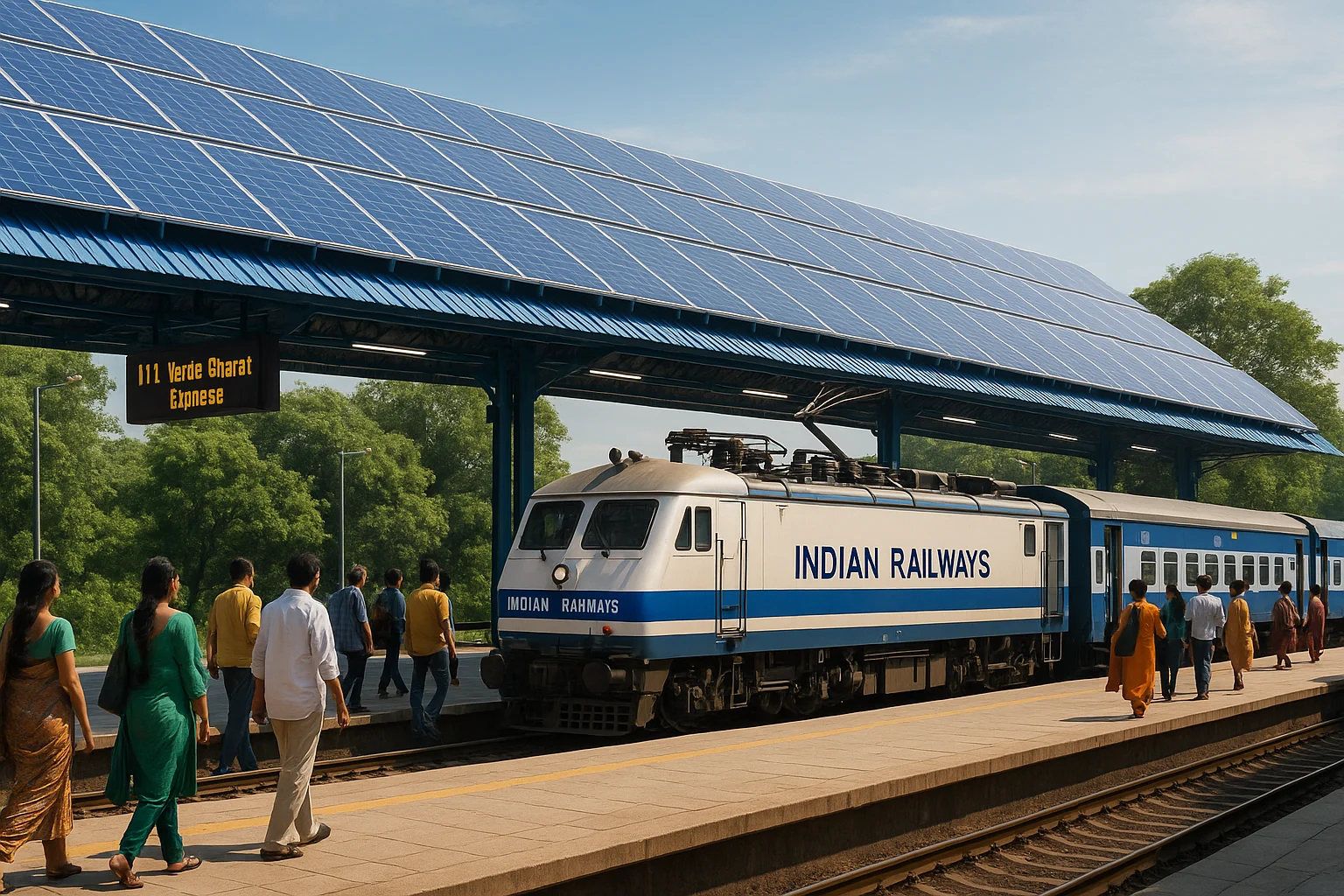
Contribution to the Indian Economy
Indian Railways contributes nearly 1% to India’s GDP. It provides direct and indirect employment to over 1.2 million people, making it one of the largest employers in the world. It enables trade, connects ports for international exports, and supports industries ranging from agriculture to manufacturing. Without the railways, India’s economy would slow to a crawl.
Cultural and Social Impact
Railways are deeply embedded in India’s cultural fabric. They connect people of different regions, languages, and traditions, creating bonds across boundaries. Countless Bollywood films, songs, and novels have featured trains as backdrops, with iconic moments like Chaiyya Chaiyya shot on a moving train.
For millions, rail travel is a rite of passage—a blend of affordability, adventure, and memory. From tea sellers calling “chai, chai!” on platforms to families sharing meals in sleeper compartments, the railway experience is woven into Indian life.
Safety and Security
With millions traveling daily, safety remains a top priority. Indian Railways has introduced Kavach, an indigenous train collision avoidance system. CCTV cameras, Railway Protection Force (RPF) personnel, and advanced signaling systems are being installed at major stations. Efforts to eliminate unmanned level crossings have significantly reduced accidents.

Challenges Ahead
Despite its strengths, Indian Railways faces several challenges:
- Overcrowding during peak travel seasons.
- Financial stress, as passenger subsidies lead to revenue gaps.
- Aging infrastructure, requiring constant upgrades.
- Competition from airlines and highways, which are becoming increasingly affordable.
Addressing these requires investment, innovation, and modernization at a massive scale.
The Road Ahead: Modernization and Future Projects
The future of Indian Railways is bright, driven by technology and ambition. Major projects include:
- Mumbai–Ahmedabad Bullet Train: India’s first high-speed rail using Japanese Shinkansen technology.
- Expansion of Vande Bharat Express, with dozens of new routes planned.
- Smart Stations Mission, converting major railway stations into world-class hubs with modern amenities.
- Enhanced focus on artificial intelligence, automation, and digital ticketing systems.
These initiatives promise to make Indian Railways faster, safer, cleaner, and more passenger-friendly.
Fascinating Facts About Indian Railways
- Indian Railways is the fourth-largest railway network in the world.
- The Vivek Express, from Dibrugarh to Kanyakumari, covers 4,273 kilometers, the longest train route in India.
- The Chenab Bridge in Jammu & Kashmir is the world’s highest rail bridge, taller than the Eiffel Tower.
- Every day, trains in India collectively cover a distance equivalent to circling the Earth almost twice.

Conclusion
From a colonial project to the backbone of independent India, Indian Railways has traveled a long journey. It is not just about moving people and goods—it is about connecting lives, cultures, and dreams. As it embraces modernization, high-speed trains, and green initiatives, Indian Railways continues to evolve as a symbol of India’s progress.
With a future that promises speed, comfort, and sustainability, Indian Railways remains more than just a mode of transport. It is, and will always be, the lifeline of India.
Receive Stories and Articles in your Inbox!
We won’t send any promotional or spam emails.






















